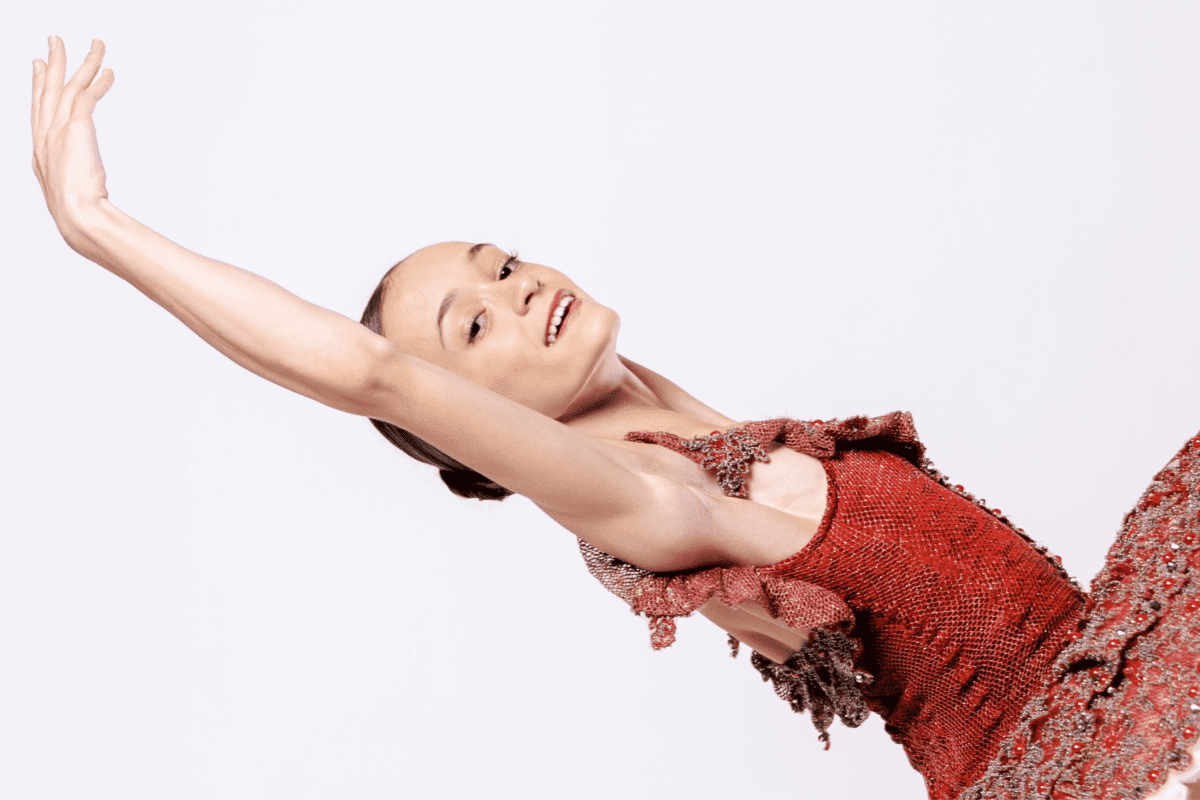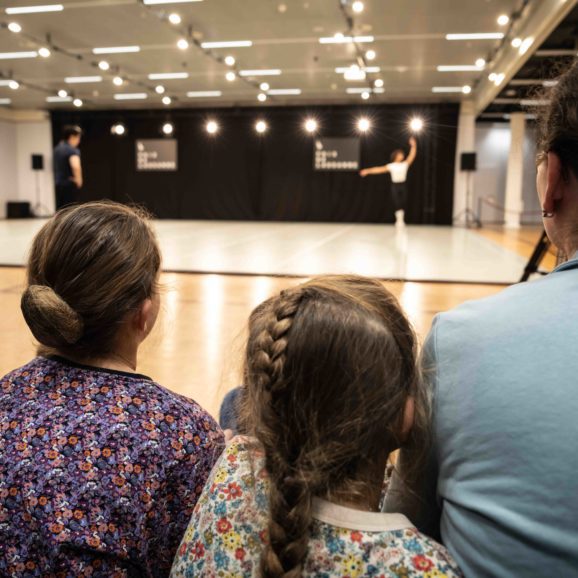How can we promote the art form? Engage people and serve audience’s interests, By Anaya Bobst
29 May 2017
What can artists do to promote missing elements in the art form today?
Trying to understand this ongoing discussion in my dance studies, I have realized one possible solution to could try: to reclaim the value of dance by defining its content and meaning to then share the value through cultural and educational events. I believe that art is meant for everyone and everything´s advancement and should generate the public to creatively communicate how key issues regarding systems and people in societies can be viewed from different angles. However, sharing the free capabilities we have to dream, reflect, and expose concerns regarding any issue, can scare people since art can in unpredictable ways create unforeseen reactions.
Therefore, persistently aiming for what is best for the art form in the long run while also being more driven by audiences, commissioners, and critical approval could help. Serving the community by listening to responses could improve the coherence in dance works, but requires vulnerability and openness for revision, which can be frightening, but exciting at the same time. Last year, I made my first attempt to engage an audience by implementing a discussion after premiering the first independently choreographed installation at Point Park University with a friend. Nervous at first, the audience´s questions and feedback turned into a lively discussion, which bridged the comprehension between both sides of the spectrum. To increase the art´s value, I therefore believe we should require public engagement for a work to even take place by promoting that performances are meant to share a socially and politically engaged medium as an equal experience.
Interestingly enough, when I asked Yohan Stegli, contemporary variations coach at the Prix de Lausanne, what he believes is missing in the art form today; he emphasized engagement of audiences. He thinks artists need to return to a more human, generous, and humble way of communicating which entails enhancing education and outreach programs. Because of technology and TV-shows, “people have a strange knowledge about dance (…), it is really becoming a showcase. They know there is dance happening”, but dance is not brought to people enough, he said. Artists should have more contact with audiences, since “it is our humanity that will make us shine on stage and not the distance to people”, Stegli continued. Another element that he believes is missing is time. Good choreography and projects need time, but today artists have to quickly swallow, perform, and move on to the next project. If time cannot be given due to financial limitations, people need to know that they “cannot expect something to be as specified as out art form”, Stegli said.
Amy Brandt, editor-and-chief of Pointe Magazine, also talked about the need to serve audiences more. With the same 10-15 successful choreographers hired by companies, she believes there is a lack of variety today. Therefore, thinking in original ways including twists, collaborations, and various theatrical approaches as in one of Ballet X´s performances for instance, could make a difference she said. However, finding the balance between creating original and entertaining dances is though, which as an editor Brandt can understand. For the magazine, it is not enough to have a great idea, it has to also serve and interest the reader. You want to share personal work without being self-indulgent, and “you want your audience to like what they see”, she explained. Moreover, Brandt said that spending enough time and money on marketing and video components is also missing in the art form today. The results that NYC Ballet and Northwest are getting from hiring videographers on staff should be an inspiration for other companies to follow, she continued.
Inspired to continue developing dance into the best form it can be, there is no doubt we need to improve the way we communicate what we have to say, bring dance to people, and serve our audience´s interests.
Anaya Bobst
Monthly blogger for the Prix de Lausanne



